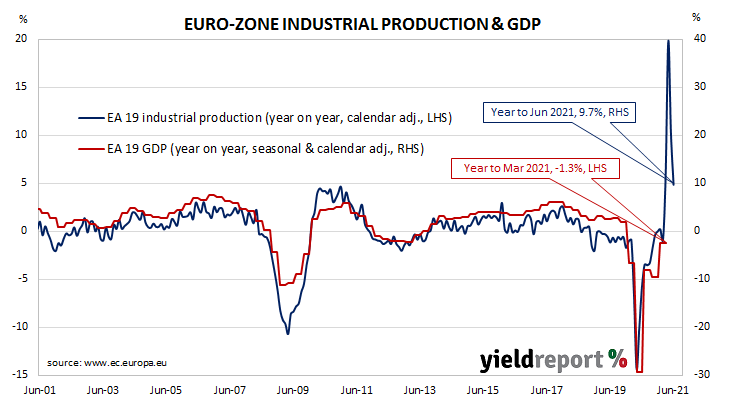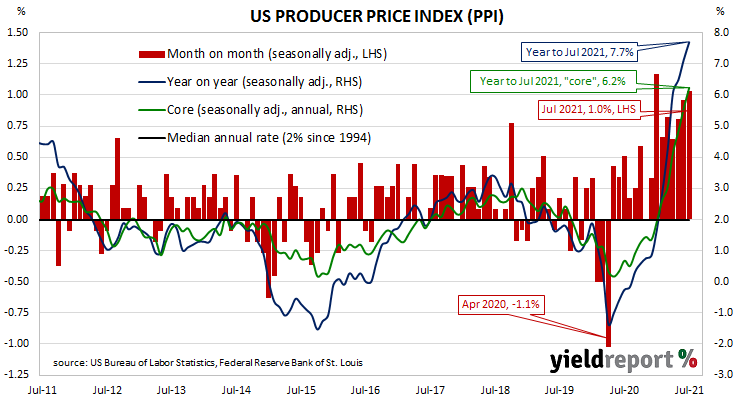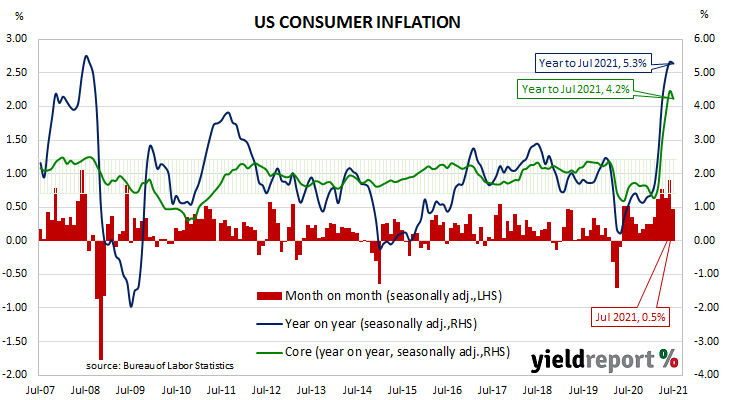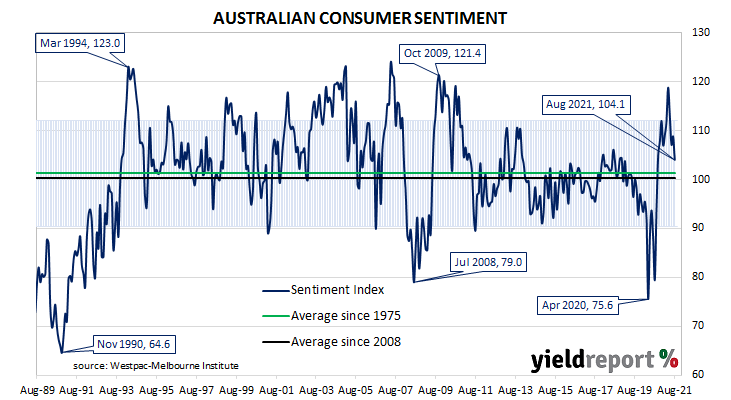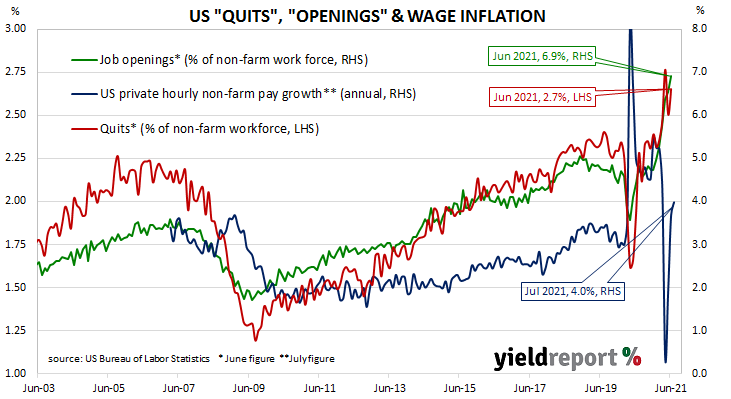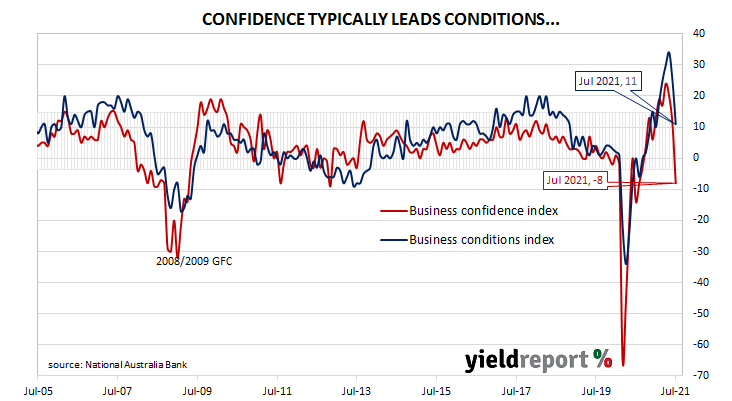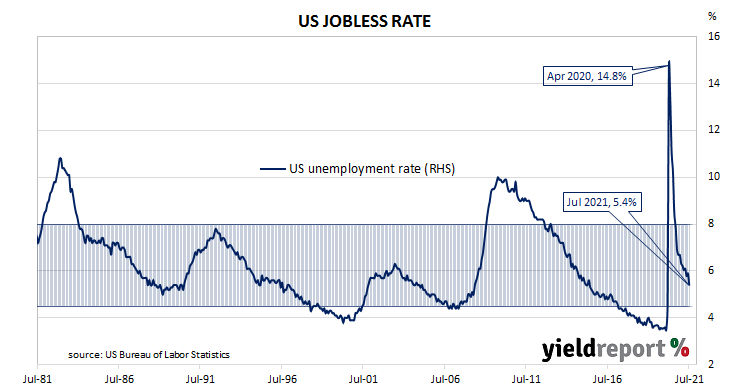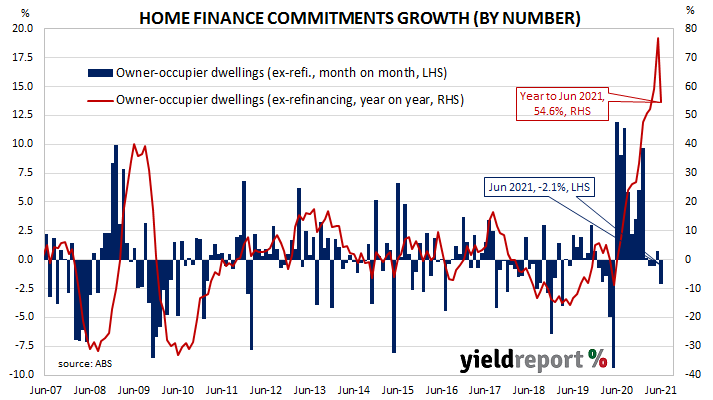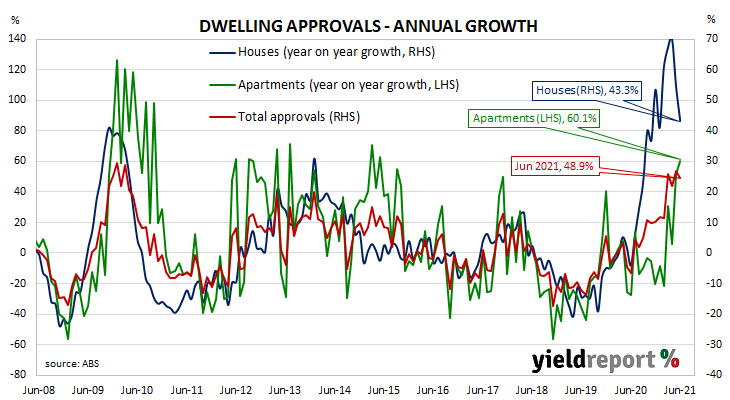Summary: Euro-zone industrial production down 0.3% in June; contraction in contrast to 0.4% increase expected; annual growth rate falls, “base effects” still present; production down in only one of euro-zone’s largest economies.
Following a recession in 2009/2010 and the debt-crisis which flowed from it, euro-zone industrial production recovered and then reached a peak four years later in 2016. Growth rates then fluctuated for two years before beginning a steady and persistent slowdown from the start of 2018. That decline was transformed into a plunge in March and April of 2020. Subsequent months in 2020 and early 2021 produced an almost-complete recovery before the most-recent deterioration.
According to the latest figures released by Eurostat, euro-zone industrial production contracted by 0.3% in June on a seasonally-adjusted and calendar-adjusted basis. The fall was in contrast to the 0.4% increase which had been generally expected but higher than May’s 1.0% contraction. On an annual basis, the calendar-adjusted growth rate slowed from May’s revised rate of 20.6% to 9.7%. (Monthly production figures collapsed during the June quarter of 2020, resulting in significantly lower bases for annual calculations. i.e. “base effects”.)
